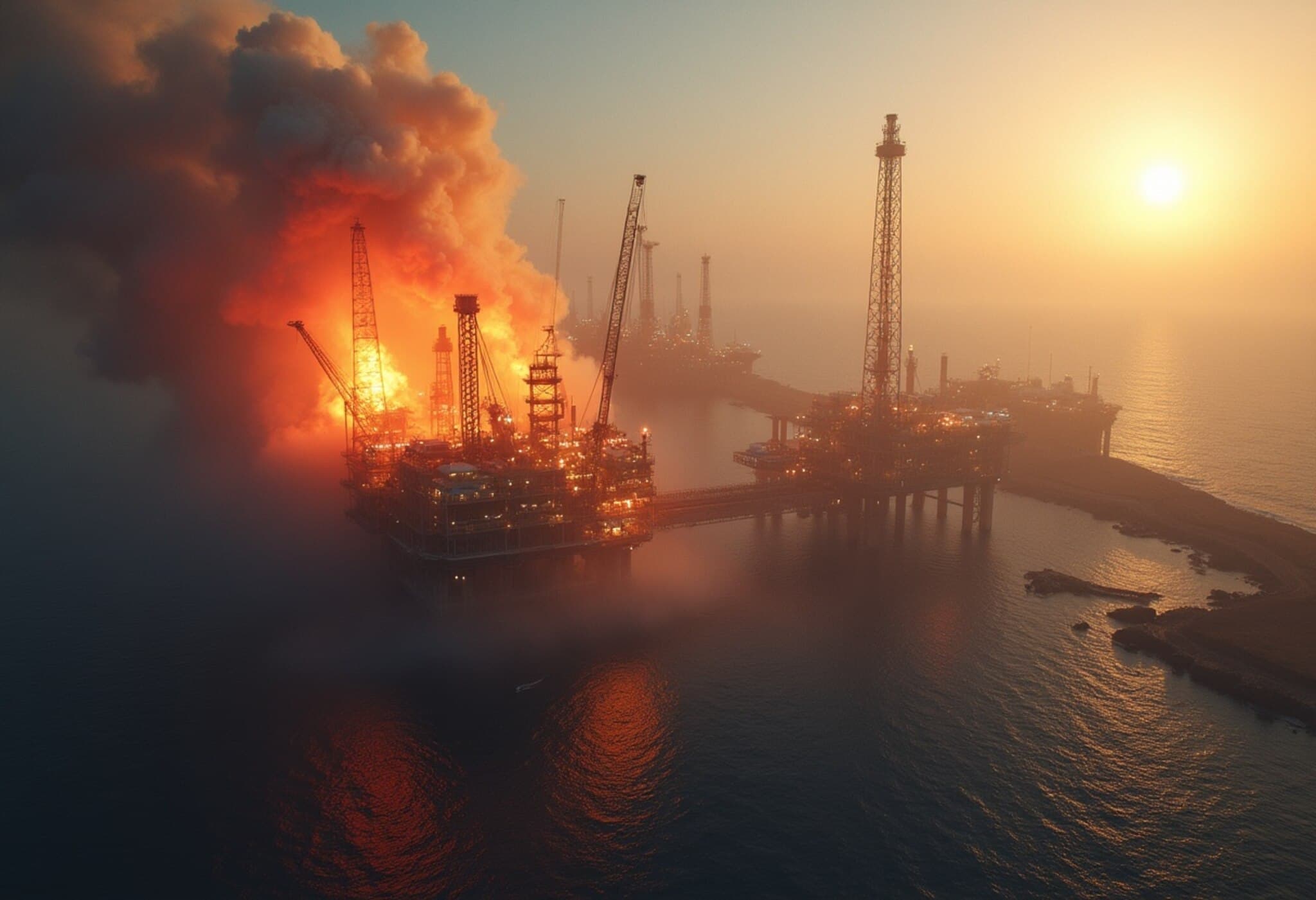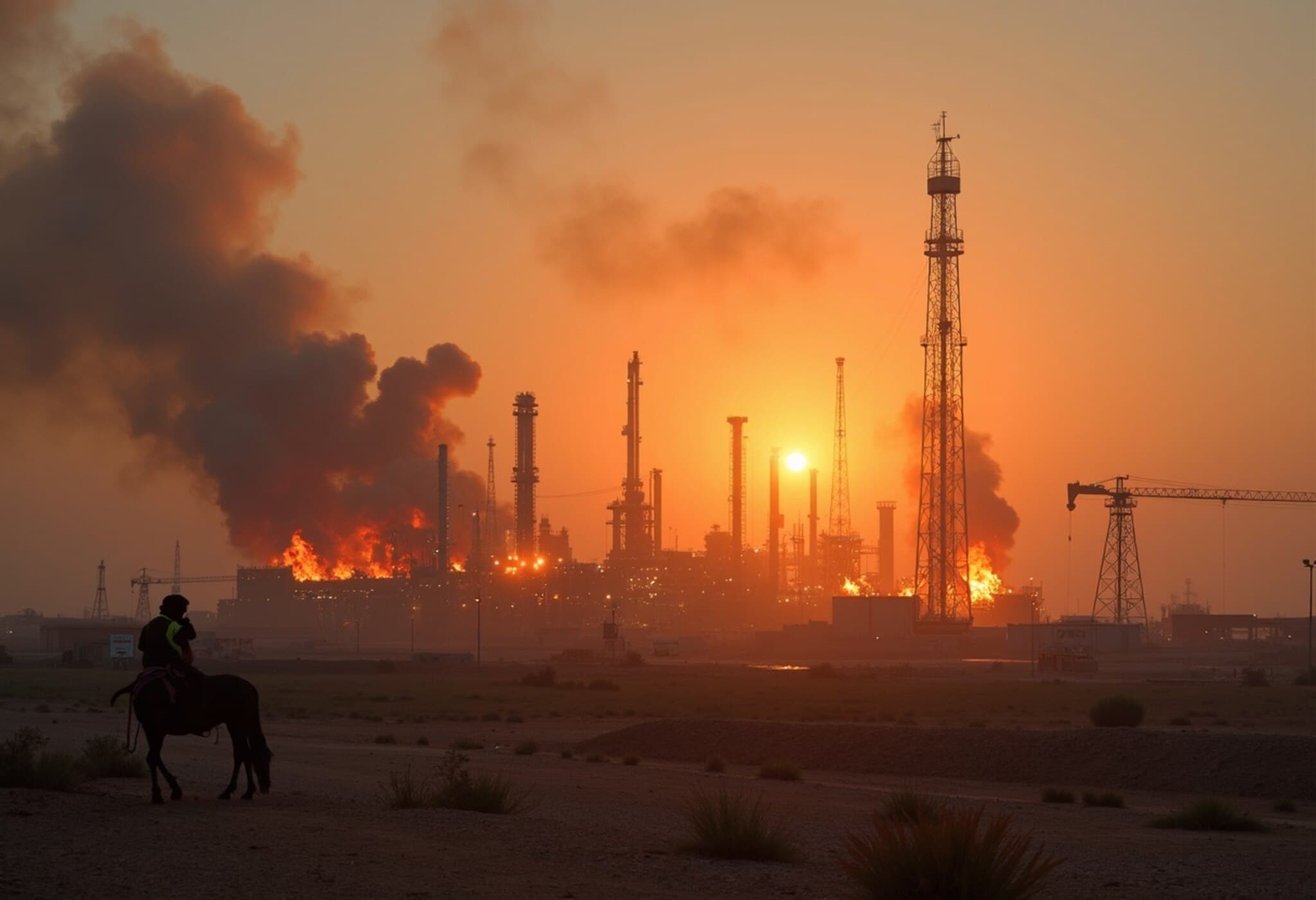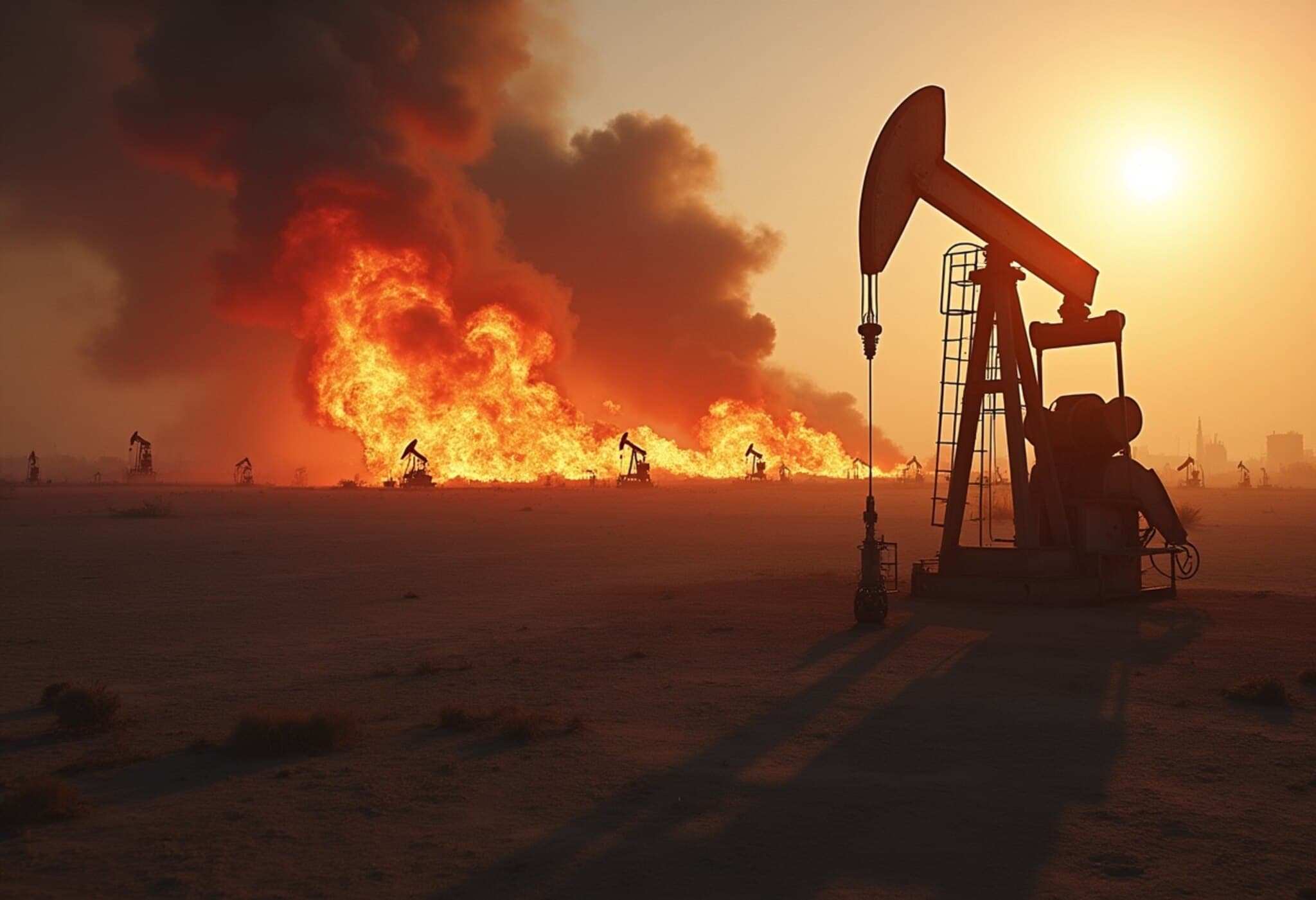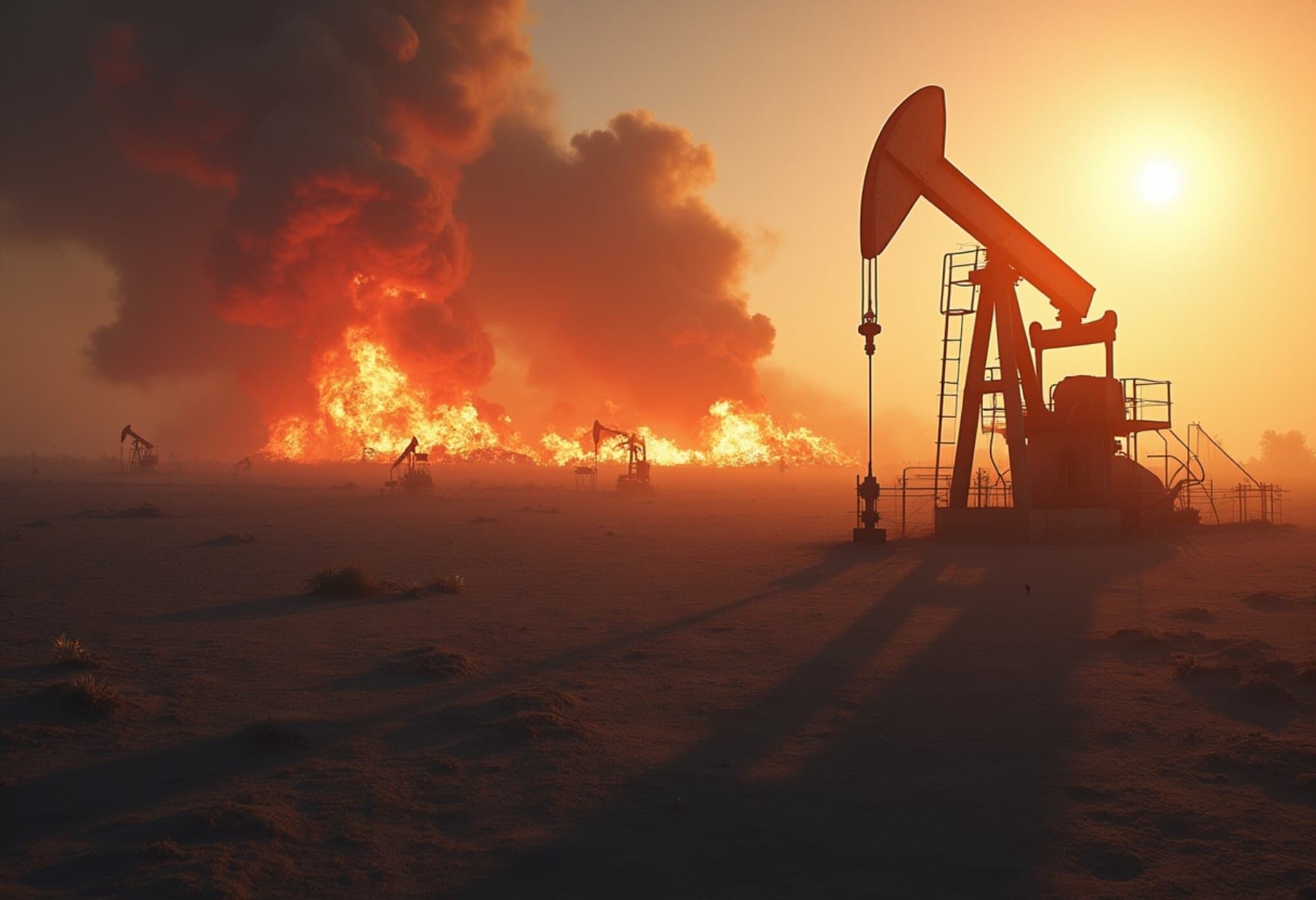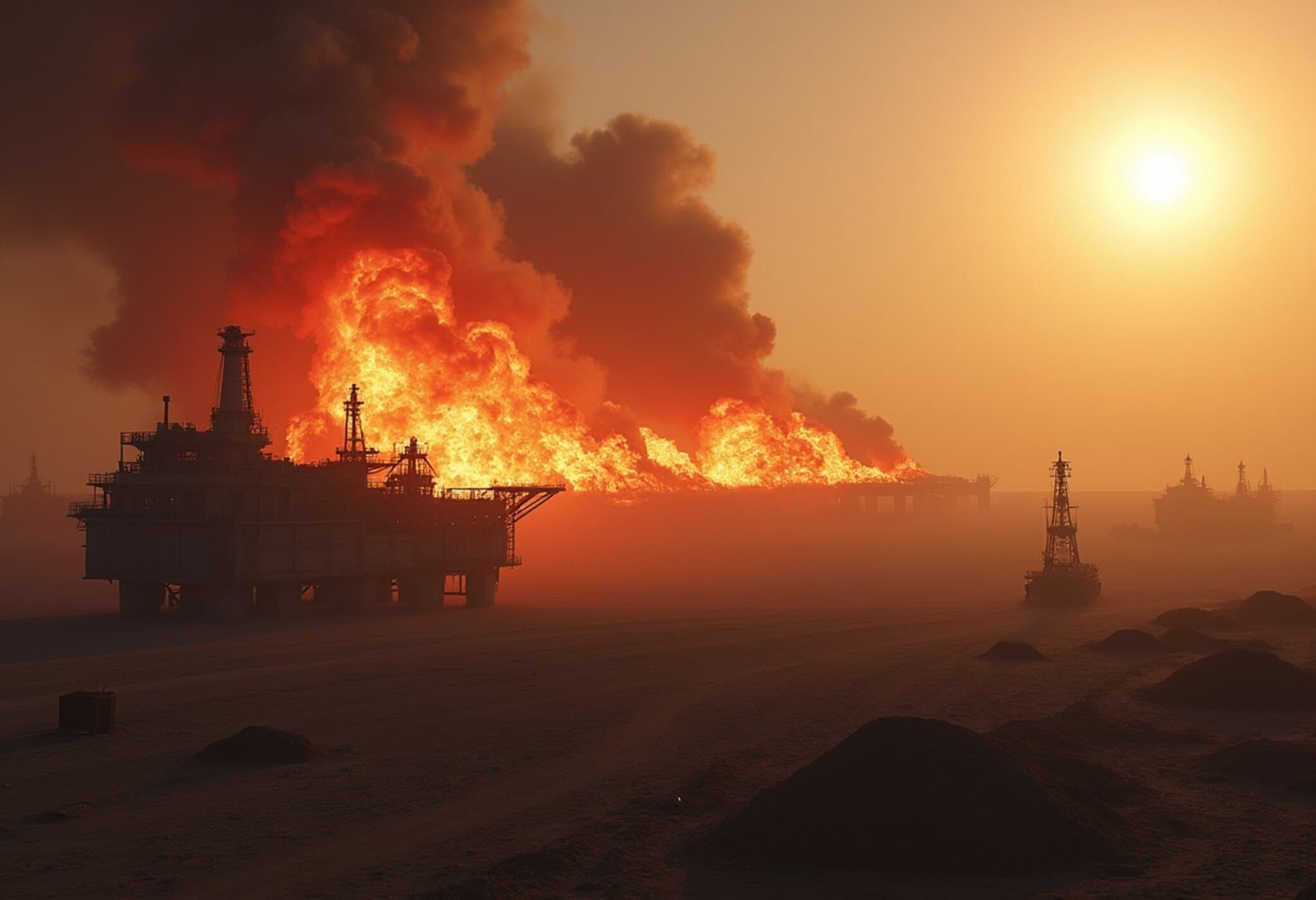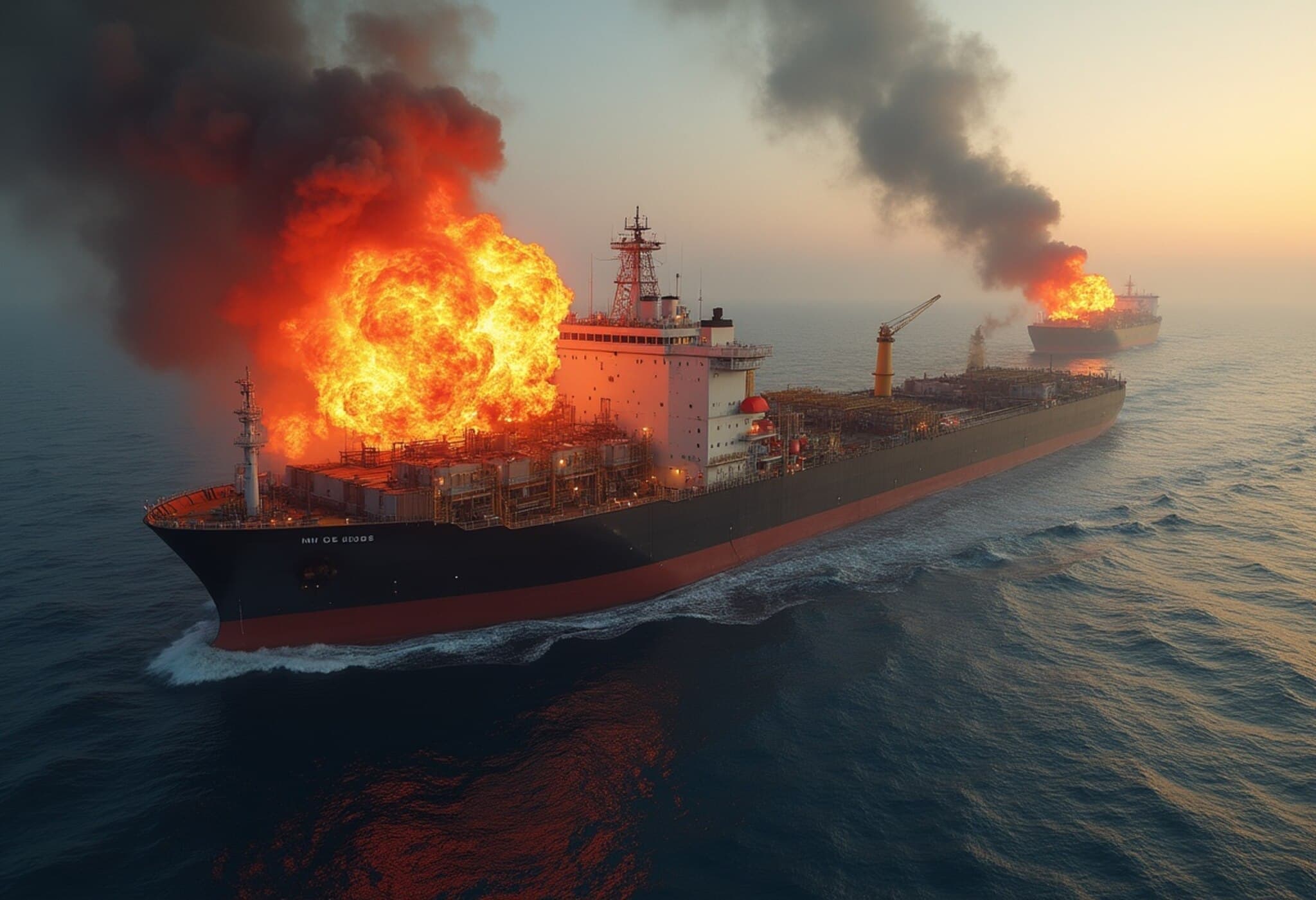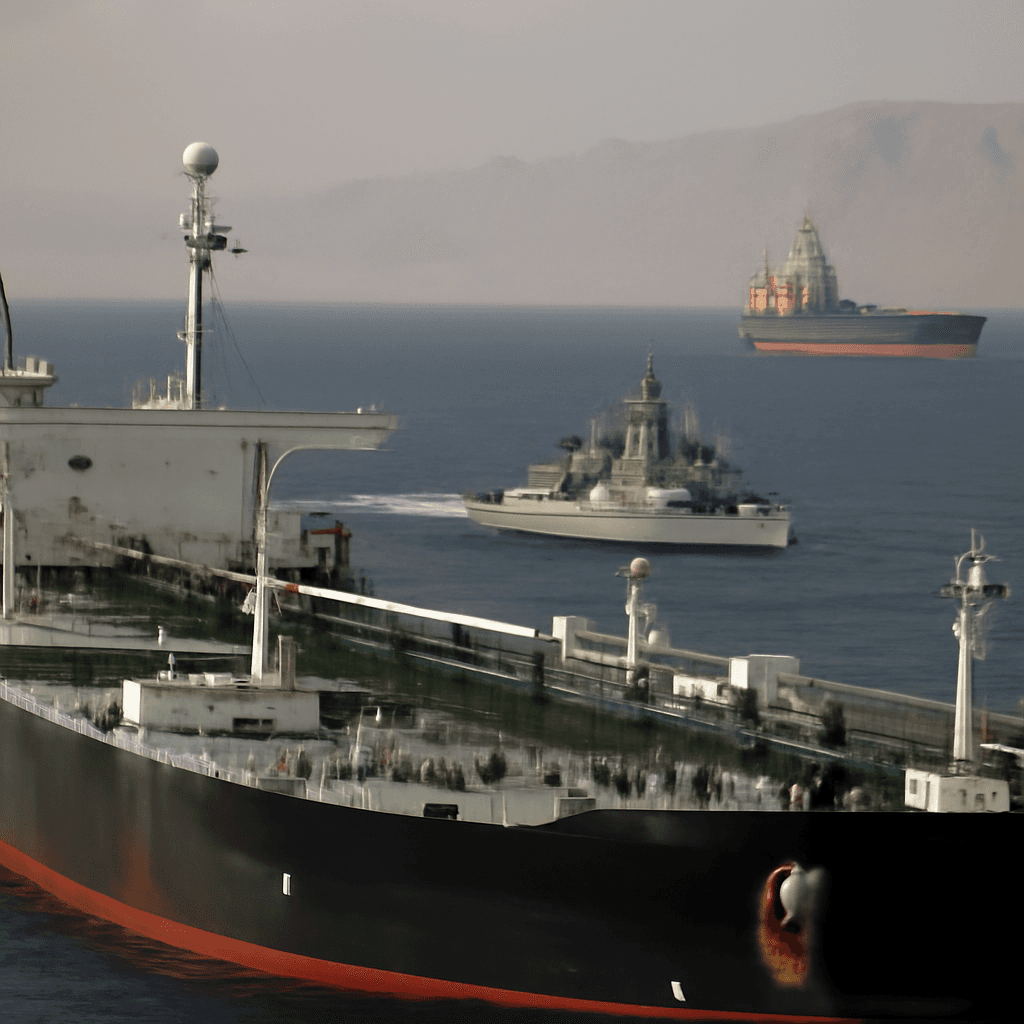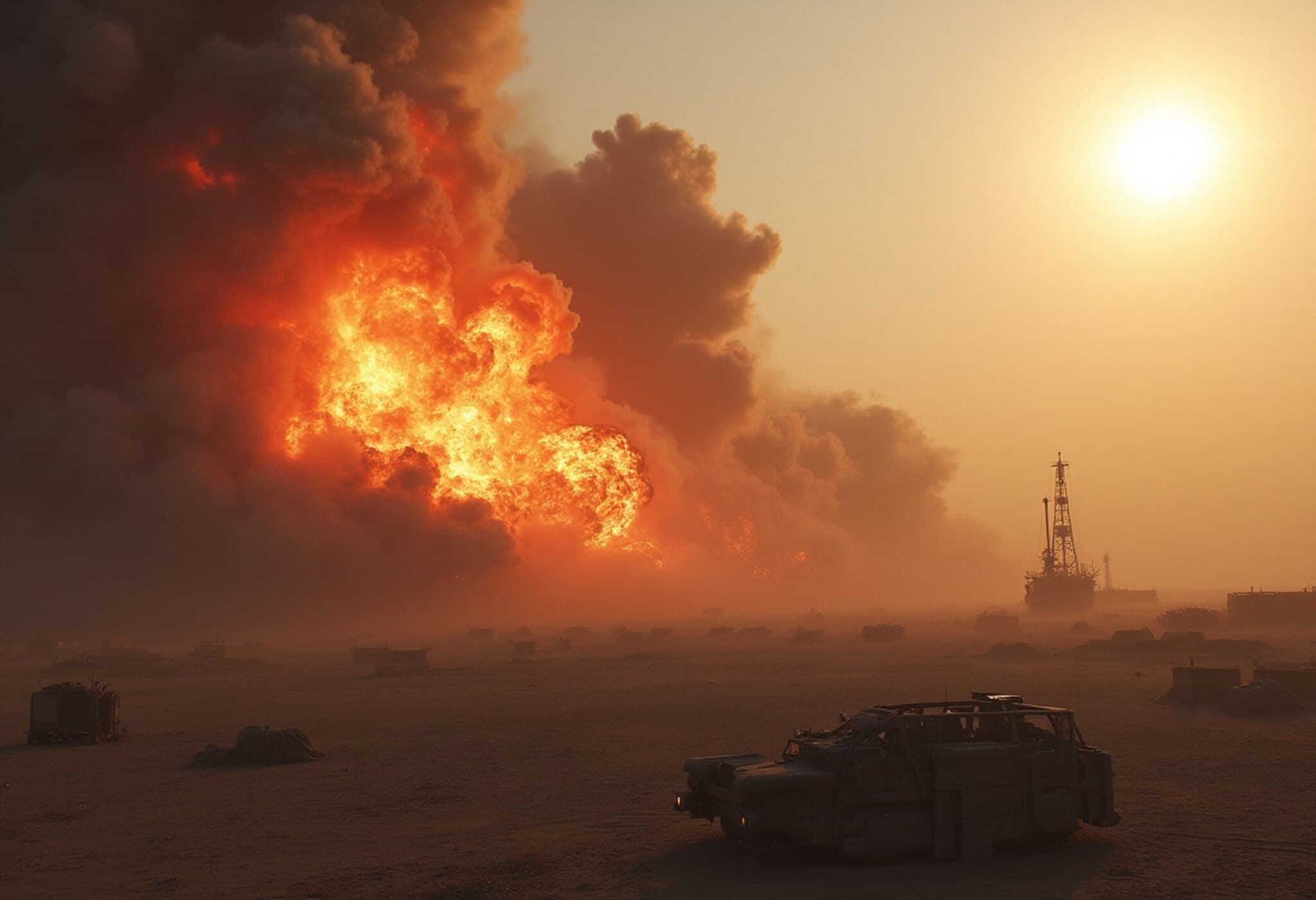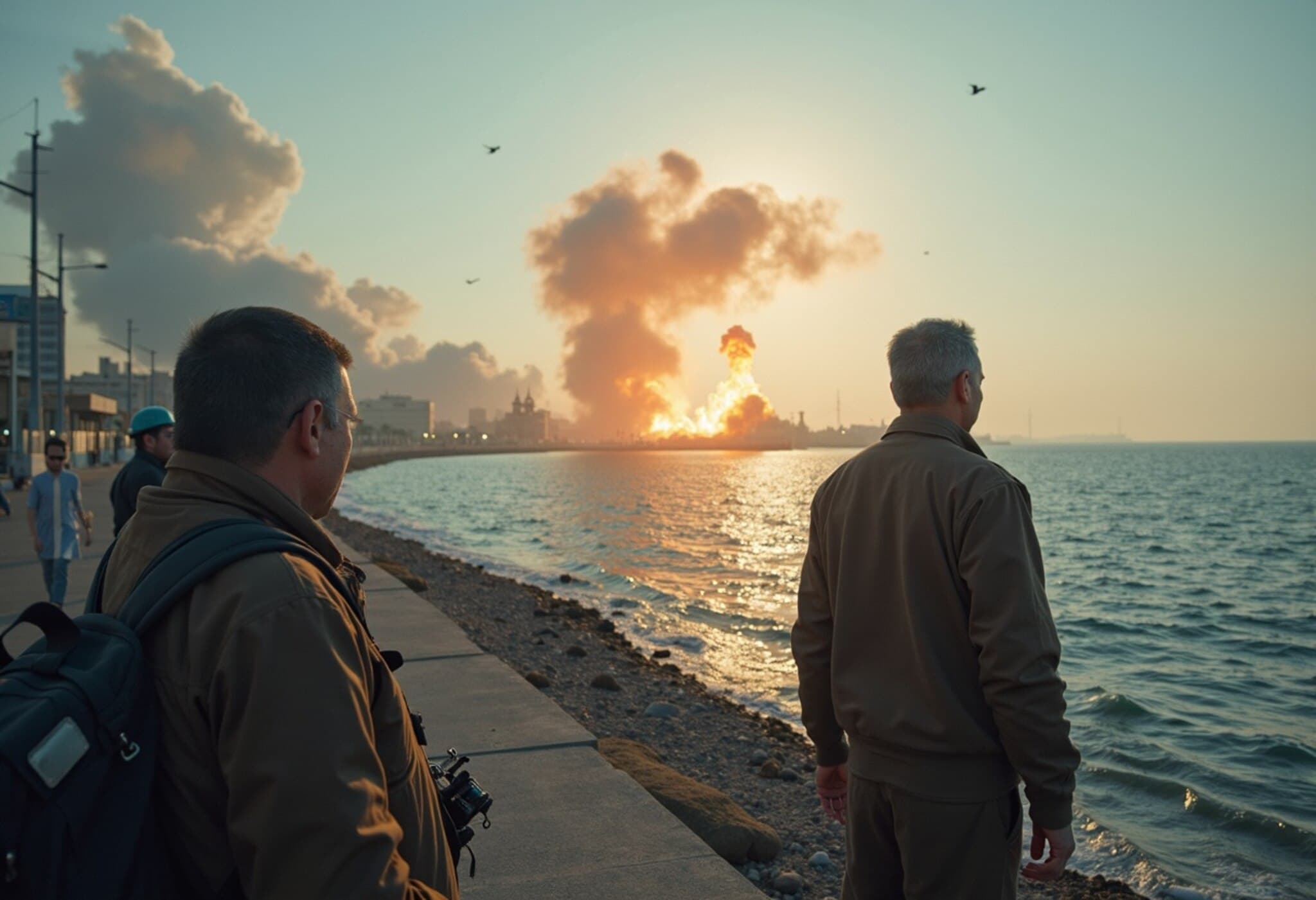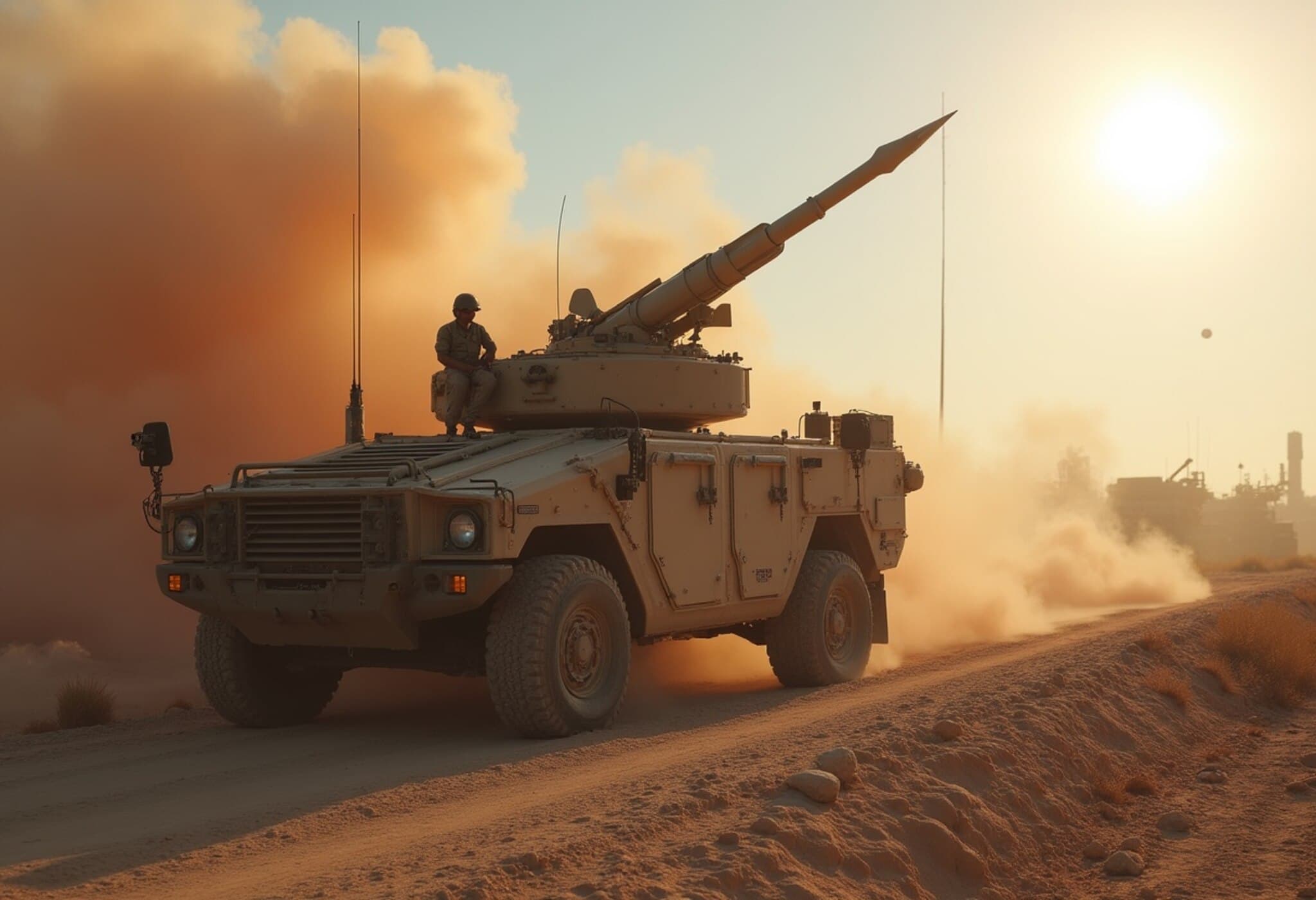Middle East Conflict and Its Surprising Impact on Global Oil Prices
Recent tensions in the Middle East have challenged the long-held belief that conflict in this critical region always triggers a spike in oil prices. Despite Iran launching missiles at a US airbase in Qatar, oil prices have actually dipped, falling below $70 a barrel. This counters past patterns where violence typically sent prices soaring.
The key factor reshaping this dynamic is the emergence of the United States as the world's largest oil producer, largely driven by the revolutionary growth of shale oil production.
The US Shale Revolution: A Game Changer
Over the past two decades, US oil production has surged from about 7.5 million barrels per day to nearly 21 million barrels daily—exceeding output from Saudi Arabia and Russia. This expansion stems from advances in hydraulic fracturing, or fracking, which enables access to oil trapped in shale rock formations through horizontal drilling and high-pressure water injections.
This increase in US production has significantly lowered the country’s dependency on Middle Eastern oil, especially through critical transit points like the Strait of Hormuz, through which approximately 20% of the world’s oil passes. As a result, traders have become less prone to drastic price hikes based on fears of potential supply disruptions stemming from Middle East conflicts.
Why Oil Prices Didn’t Spike This Time
The oil market’s subdued reaction reflects two main reasons. First, markets have learned not to overreact to possible supply interruptions that often fail to materialize. Second, with lower reliance on Middle Eastern supply, driven by the US’s shale boom, the psychological pressure on prices has eased considerably.
Where once an open confrontation between Iran, Israel, and the US might have forecasted triple-digit oil prices, recent events have resulted in price decreases. For instance, Brent crude opened at about $80 a barrel but dropped amidst the missile strike, signaling a shift in market behavior.
Geopolitical Implications and the Ongoing Power Play
Middle Eastern countries have reacted to the US shale surge by attempting to influence oil prices. Saudi Arabia, for example, led a price war from 2014 to 2016 aiming to make shale production uneconomical by driving prices down. However, shale output proved resilient, prompting Saudi Arabia to boost production and regain market share.
This evolving energy landscape changes how US administrations approach Middle Eastern conflicts. Historically, presidents had to weigh oil price spikes as a major domestic cost when considering military actions. Now, reduced reliance on imports provides more strategic flexibility.
The current situation also draws attention to conflicting strategies: for example, former President Trump’s recent calls to "drill, baby, drill" underscore tensions between maintaining affordable fuel and supporting robust shale development, which requires moderately high prices to be sustainable.
The Strait of Hormuz: A Critical, Yet Manageable Risk
The Strait of Hormuz remains pivotal to global oil supply, with a significant volume of crude passing through its narrow waters daily. While Iran has threatened to close the strait as a strategic leverage point—potentially escalating global oil prices well above $100 a barrel—experts view such a move as unlikely due to the self-inflicted economic damage it would cause Iran itself.
Closing the strait would halt global oil exports, including Iran’s own, and risk alienating key allies like China. Instead, proxy attacks on Saudi oil facilities, which are within missile range, could pose a more realistic and severe threat to supply disruption.
Looking Ahead: What the War Means for Oil Markets
Despite the current conflict, US oil production has shown resilience. Recent price recoveries to around $75 a barrel allow shale companies to plan continued output increases in 2025 and beyond.
However, shale reserves are finite, and long-term reliance on this boom is uncertain. Should production peak and plateau, the US may eventually need to increase imports again if demand stays high.
Moreover, the conflict underscores broader vulnerabilities in global energy markets and the complex interplay between geopolitics and energy security. While some threats like the Strait of Hormuz closure are less probable, risks to infrastructure and regional stability remain critical concerns that could dramatically influence prices and supply chains.

